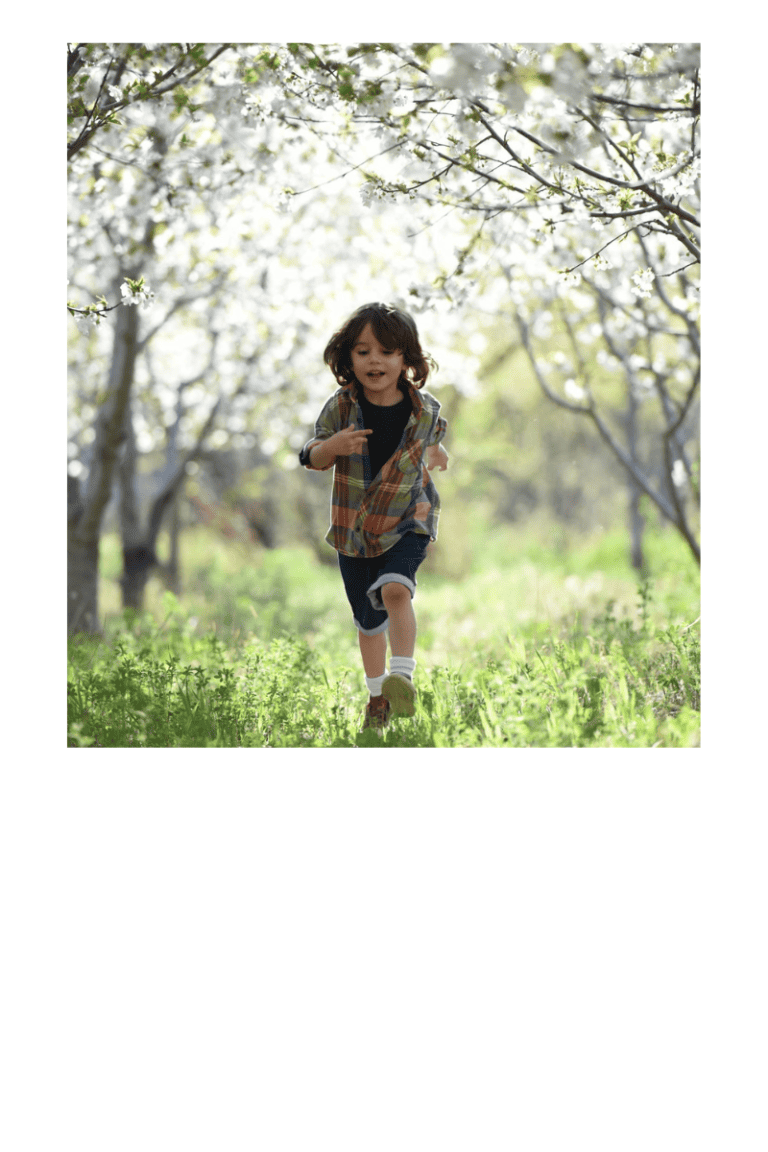How to Start a Sensory Bin Business: Safety, Compliance, and Profit Tips for 2025
Through sensory exploration. But turning your passion into a business requires careful planning and an understanding of both the fun and the responsibility that comes with creating products for kids.
Here’s a detailed step-by-step guide to help you launch your own sensory bin business the right way.

Step 1: Define Your Niche and Audience
Before diving into product creation, consider:
- Who is your ideal customer? (e.g., parents of toddlers, preschool teachers, therapists, stay-at-home moms)
- What kind of bins will you offer? (e.g., themed, seasonal, calming, educational, holiday, travel-friendly, adult self-care)
- Will your bins serve specific needs like autism, ADHD, or relaxation?
Knowing your audience helps guide everything from design to marketing.
Step 2: Research the Market
Explore what’s currently available. Look at:
- What’s trending in sensory play
- Price ranges and packaging styles
- Unique selling points of existing shops
Think about how your products will stand out—whether it’s your story, your aesthetic, or your commitment to inclusion, safety, or sustainability.
Step 3: Plan Your Product Line
Start small with 2–4 sensory bin options. Each bin should include:
- A filler (e.g., rice, beans, pasta, chickpeas)
- Tools (spoons, scoops, tweezers)
- Theme-based items (animals, letters, shapes)
- Instructions or prompts for parents
Create clear age recommendations and make sure everything is appropriate and engaging.
Step 4: Source Quality Materials
Choose suppliers carefully. Your materials should be:
- Durable and safe for children
- Visually appealing and engaging
- Easy to store and reuse
Start sourcing from U.S.-based or safety-certified suppliers when possible. Avoid questionable imports unless you have documentation of safety testing.

⚠️ Don’t Skip This: Safety, Legal, and Compliance Are Non-Negotiable
Many guides out there miss some MAJOR points when it comes to starting a sensory bin business—and I’m here to make sure you don’t.
Yes, sensory bins are fun and creative, but when you’re selling products meant for children, you have serious responsibilities. Here are some absolutely essential things you must factor in:
- Liability Insurance & Business Insurance: These aren’t optional. You need proper coverage to protect yourself and your customers in the event of injury, allergic reaction, or other issues.
- Child Safety Compliance: All materials must follow CPSC, CPSIA, and ASTM safety standards. That means choking hazard warnings, age-appropriate labeling, and safe materials testing.
- Labeling Requirements: Every bin should include safety warnings, allergen info (like wheat, soy, dairy, or nut exposure), and an accurate age recommendation. Be especially cautious with scents, dyes, or textured fillers.
- Don’t Say “Taste-Safe” Unless You’re Certified: Legally, you can’t claim your product is taste-safe unless it’s food-grade and regulated. Even then, it’s best to steer clear of this language to avoid confusion or liability.
- Watch Your Terminology: Sellers on platforms like Alibaba, Temu, and similar sites often use vague terms like charms, vase fillers, trinkets, or decorations to avoid complying with child safety regulations. These items can contain toxic substances like lead, cadmium, and formaldehyde—and just because they’re cheap or cute doesn’t mean they’re safe. Always vet your suppliers and request safety documentation.
- Use Dedicated Tools Only: Keep all crafting and bin-assembly tools (scoops, containers, bins, spoons, etc.) completely separate from anything used in your home kitchen. Cross-contamination is a major allergy and hygiene risk.
- Legal Guidance Is Highly Recommended: If you’re unsure about compliance, labeling, or insurance, speak to a lawyer or small business legal expert. It’s better to invest in proper guidance now than face costly mistakes later.
Bottom line? Don’t do what others do just because it seems common. Many sellers simply don’t know the risks they’re taking. Be the one who stands out by doing things right—it’s better for your business and your customers.

Step 5: Set Up Your Workspace
Create a clean, organized area just for sensory bin assembly. Avoid using tools or containers that are also used in your kitchen to prevent cross-contamination. Dedicate bins, spoons, scoops, and surfaces to production only.
Step 6: Price Your Bins
When setting prices, consider:
- Cost of materials
- Time and effort
- Packaging and shipping
- Business fees and taxes
Factor in your value and make sure you’re pricing for profit—not just breaking even.
Step 7: Brand Your Business
Create a memorable name and logo that reflect your brand values. Choose colors, fonts, and messaging that appeal to your audience.
Think about your mission—what makes your shop unique? Maybe it’s sensory play for neurodivergent kids, eco-friendly bins, or self-care kits for moms.
Step 8: Set Up Online Sales
Choose where to sell:
- Etsy
- Shopify
- Facebook Marketplace
- Your own website
Take high-quality photos and write detailed descriptions. Highlight safety, age range, materials, and any special features.
Step 9: Market Your Bins
Start with your inner circle and expand. Use:
- Facebook and Pinterest
- Blog posts and email newsletters
- Collaborations with bloggers or educators
- Seasonal themes or bundle deals

Step 10: Listen, Adapt, and Grow
Collect feedback, watch trends, and continue improving your products. Add new themes, offer digital add-ons, or create printables to grow your product line.
Final Thoughts
Starting a sensory bin business requires careful planning, creativity, and dedication—but also a strong foundation in legal and safety practices. By being diligent, informed, and responsible, you can create a successful business that not only brings joy and learning to children but also earns the trust of parents and professionals.
Remember, the key to success is to stay passionate about your products, do your own research, and continuously adapt to meet your customers’ needs in a safe and ethical way.
Happy (and safe) bin-building! 🧼🧠✨







